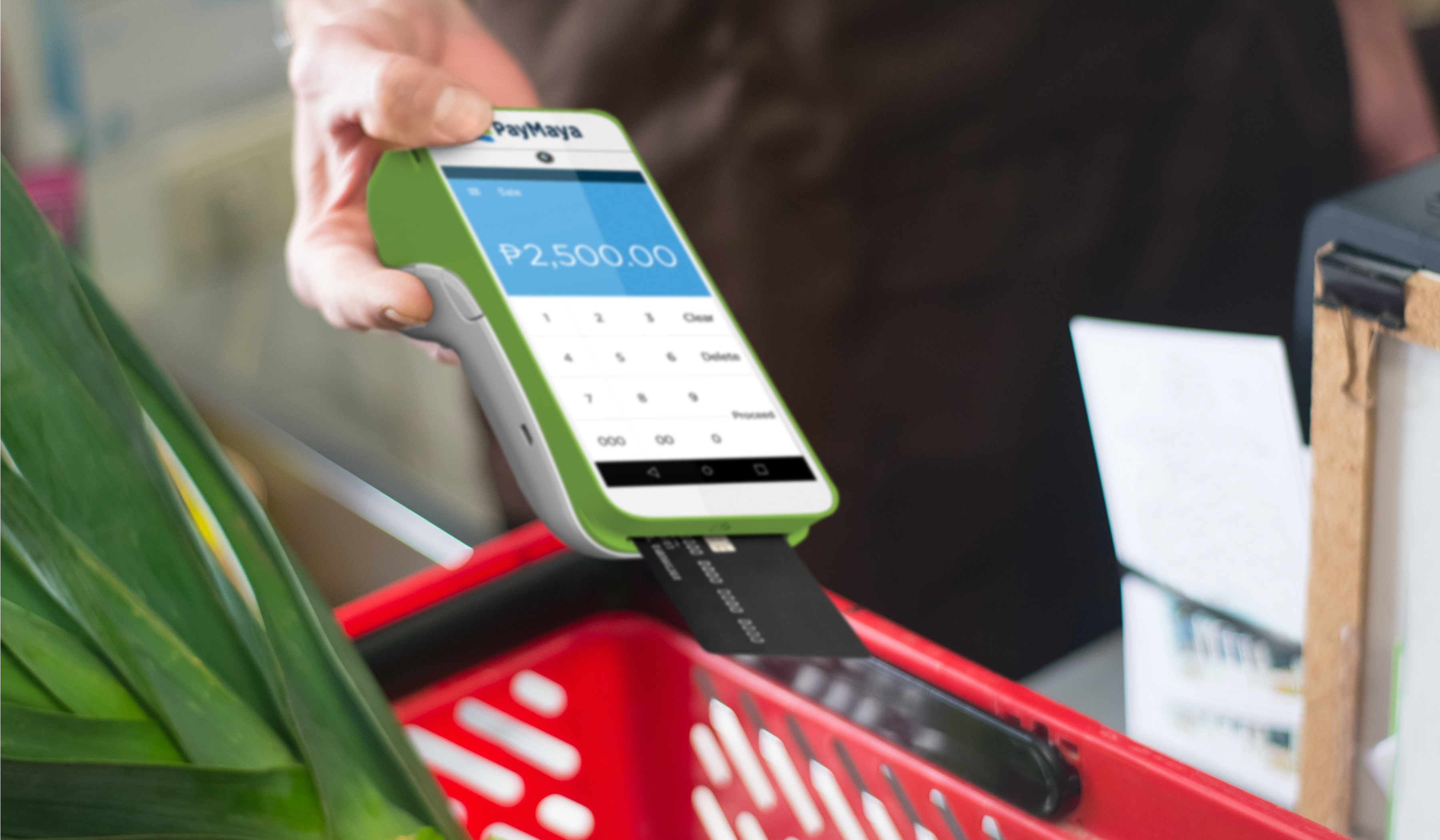
There can be no doubt that the arrival of COVID-19 has had an impact on almost every aspect of our lives. How we work, dine, learn, and spend our free time have all been fundamentally changed by the global pandemic. Even activities as basic as going to the grocery store to pick up a few items have been modified to account for the current situation. This has left the management of many grocery stores and supermarkets scrambling to find solutions appropriate to the times.
If you run a grocery store business and are looking for ways to maintain your operation in a way that’s safe and responsible, then this article is for you. Here’s how you can keep your store running smoothly despite the outbreak.
Gathering in enclosed spaces has definitely become a no-no these days, meaning that grocery stores and supermarkets have had to find new ways to make sure their customers have access to basic supplies and essentials. Allowing shoppers to pick up what they need remotely has been one of the most important and most successful ways to do this.
Exactly how you implement an initiative like this is up to you. A smaller operation may not have the manpower or financial resources necessary to build their own website and may instead look to build a digital storefront on a third-party ecommerce site or in a social media marketplace. For grocery store owners or managers who would like to explore this option, Maya offers its Digital Invoice service, which allows customers to pay for their purchases online, even if the store does not have an ecommerce website. This payment option supports payments from most major credit cards and e wallets, in addition to allowing customers to pay via chat, SMS, or email.
On the other hand, bigger operations may want to look into building their own website complete with ecommerce functionality for full control of internal operations like accounting, billing, and inventory management. If you do elect to build your own ecommerce-enabled site, you’ll definitely need to offer your shoppers a convenient way to pay for their purchases. You can do this by integrating a Maya Checkout Plug-in into your shopping website. The Philippines’ leading payment gateway now offers easy-to-use plug-ins that integrate seamlessly with all the top ecommerce platforms like Shopify, WooCommerce, Magento. Best of all, it supports many forms of payment methods, including those made through major credit cards and e-wallets. The availability of numerous payment methods helps reduce cart abandonment by ensuring a frictionless checkout experience.
Once shoppers have completed their purchase, stores have to offer them safe ways to receive their items, and one of the easiest ways to do this is to provide an option for curbside pickup. Once your customers complete their order online, you can then provide them with a unique order number and someone from your staff can start filling their carts with their purchases. When they arrive at your location, simply ask your customers for their order number, and wheel out the cart that’s been tagged with it.
This option also allows you to provide customers with another convenient way to pay by using either the Maya ONE or the Maya ONE Lite. The Maya ONE device has an integrated receipt printer, while the Maya ONE Lite is slimmer and more portable. Both support payments through most major credit cards and e-wallets.
At the same time, some shoppers may prefer a completely contactless payment solution, and with Maya QR, you can provide them exactly that. Customers can simply scan a QR code using the Maya app to pay for their purchases, giving them a payment option that’s easier to use than cards or cash.
Delivering purchases straight to your customers is another excellent way to ensure they get what they need. As with ecommerce options, there are different ways to do this. For quicker implementation, grocery store owners or managers can simply contract with third-party delivery companies. However, while this is an option that’s attractive to less sophisticated operations, this may also expose groceries to spoilage and poor handling. Also, depending on the delivery service you engage with, you may also encounter limitations to the size or maximum weight of your deliveries.
You may also want to consider engaging a third-party app that is both the provider of the delivery service and the order-taker as well. This is another convenient option, especially for operations that don’t have the bandwidth to build their own systems for order-taking and delivery. However, there are a few things to consider before pursuing this option. Foremost among these is cost: most of the apps that operate in this space will tack on service fees and surcharges to the final ticket price, and this may be a deterrent to purchase for shoppers who are already on a tight budget.
As such if you have the budget and bandwidth for it, you may want to control every step of the shopping process, from product selection to delivery. If this fits your store’s description, then you may want to consider purchasing a fleet of delivery vehicles to ensure product freshness and quality when these arrive at customers’ homes. As an alternative to cash on delivery, you can offer “cashless on delivery” as a payment option to your customers. This can be achieved easily if you have a portable POS device like the Maya ONE Lite, which accepts payments made via debit cards, credit cards, QR code, and e-wallets.
Merchant inquiries:
Maya is powered by the country's only end-to-end digital payments company Maya Philippines, Inc. and Maya Bank, Inc. for digital banking services. Maya Philippines, Inc. and Maya Bank, Inc. are regulated by the Bangko Sentral ng Pilipinas.
www.bsp.gov.ph